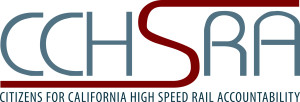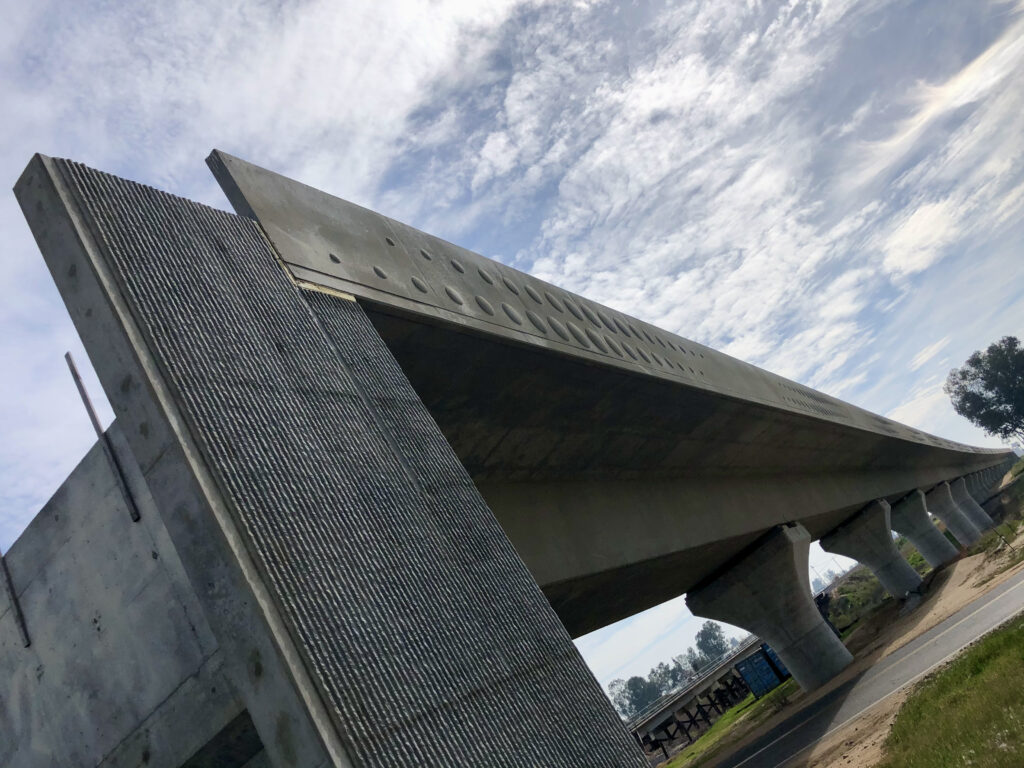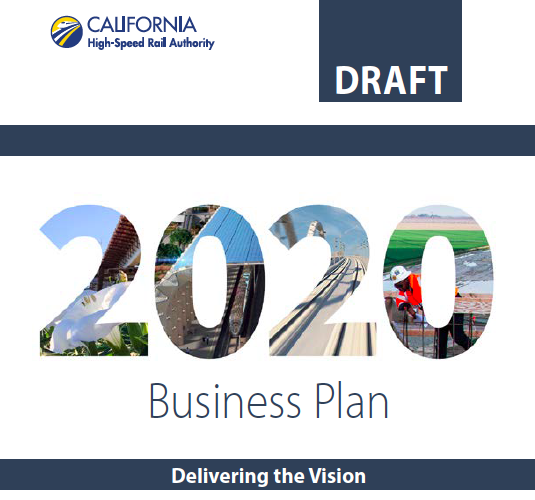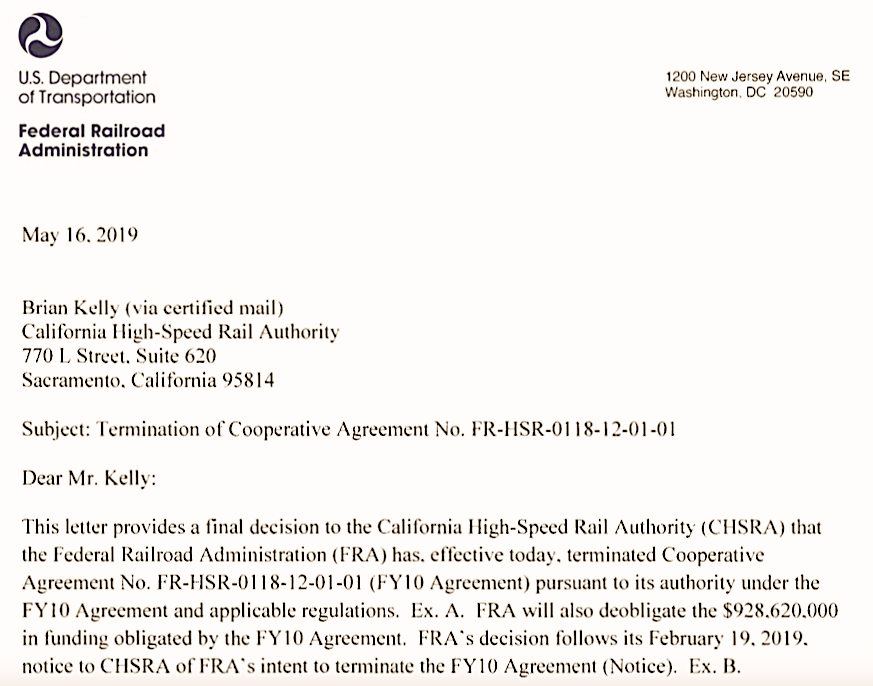Theme for California High-Speed Rail in Summer 2021: More Spending!!
For Brightline West, Another Delay – RailWay Age – June 23, 2021
Brightline West, a high speed passenger rail service connecting Southern California and Las Vegas…Last year, parent company Fortress Investment Group had been marketing $2.4 billion of debt to be issued through California and Nevada agencies, but failed to sell the bonds to support its $8.4 billion project. The Brightline West website had pegged year-end 2020 as a potential start date for building the 135-mile California line and 34-mile Nevada line…Brightline has now told Railway Age that the bond request will move to 2022.
Virtual Pre-Bid Conference for Request for Qualifications for Design Services for Historic Fresno Station Seismic and Accessibility Renovations – California High-Speed Rail Authority Press Release – June 17, 2021
The California High-Speed Rail Authority is issuing this Request for Qualifications (RFQ) to receive Statements of Qualifications from qualified firms (Offerors) for Design Services for Historic Fresno Station Seismic and Accessibility Renovations. The purpose of this RFQ is to award an agreement to one successful Offeror to provide the architectural and engineering design services to make all required seismic and accessibility improvements to existing historic structures at the Fresno Southern Pacific Railroad Depot, located at 1713 Tulare Street in Fresno.
California High-Speed Rail’s Latest Threat: L.A. Wants to Spend Money Locally – June 17, 2021 – San Francisco Chronicle
Gov. Gavin Newsom seeks to use $4.2 billion in voter-approved bonds to finish building an initial 171-mile stretch from Merced to Bakersfield…the funding ask has given skeptical legislators new leverage to air their frustrations about the rail project and the attention paid to the Central Valley versus more densely populated urban centers. Assembly members from Southern California have pushed to divert money into local rail projects…But the project has faced ridicule over repeated construction delays and soaring construction costs, with its budget growing from $33 billion to about $83 billion. Trains were initially supposed to start running last year. Now, the Rail Authority doesn’t anticipate the Central Valley segment will start operating until 2029, followed by the longer line in 2033.
California’s Bullet Train Doesn’t Deserve a Cent of Federal Funding – Orange County Register and other California newspapers (editorial) – June 14, 2021
If the United States is ever going to have an extensive high-speed rail system, the nation must learn from California’s missteps and more closely follow the approach taken in Florida when it comes to getting a high-speed rail project done. That’s basically the message of California Treasurer Fiona Ma in a bluntly written recent letter to Congress.
California and Federal Government Reach Agreement – Nearly $1 Billion in Funding Returned to the High-Speed Rail Project – California High-Speed Rail Authority Press Release – June 11, 2021
Yesterday, the U.S. Department of Transportation and the State of California finalized settlement negotiations to restore nearly a billion dollars in federal grant funding to California’s High-Speed Rail project. The action comes after months of negotiations to restore funding that was previously rescinded by the Trump Administration in 2019.
Legislators Must Keep High-Speed Rail on Track – Hanford Sentinel (opinion/commentary by Rick Harnish, executive director of the national High Speed Rail Alliance) – June 9, 2021
Although I work in Chicago, I have spent the last few months laser-focused on California, communicating with dozens of assemblymembers and senators from all over the state…I helped found the national nonprofit High Speed Rail Alliance because of my belief in high-speed rail for all of America. California is home to the closest thing the country has to a finished segment of high-speed line.
Ma Warns Congress on High-Speed Rail: “Failure Remains a Real Possibility” – San Joaquin Valley Sun – June 7, 2021
…one high-ranking California official has a word of warning when it comes to the most ambitious of proposals: high-speed rail. California State Treasurer Fiona Ma warned leaders of the House and Senate Transportation committees to not engage in repeat efforts undertaken by the Obama administration and eschew bulky government-dominated operations such as the Golden State’s sputtering high-speed rail project.
California State Treasurer Fiona Ma – Letter to United States Congress – Politico (posted the letter) – June 7, 2021
I fear failure remains a real possibility. Scores of billions may seem like a lot of money, but we know from our experience in California that actual construction ends up costing multitudes more than estimates anticipate. And spreading funding thinly across dozens of states and congressional districts to secure votes is a recipe for incremental progress with no new operational trains on the horizon. Such was the case with the federal government’s last attempt to bolster HSR after allocating $10.5 billion in 2009-2010. The approximate ridership on new rail lines built with these funds? Zero.
Legislature Doesn’t Want to Release Voter-Approved Prop 1A Funds to High Speed Rail…Yet? – Streetsblog California – June 4, 2021
Ongoing, behind-the scenes negotiations between Governor Newsom, the Assembly, and the Senate on the 2021 budget continue this week in a push to meet the budget-signing deadline of June 30. The Assembly and the Senate want to deny a request from the California High-Speed Rail Authority – and from Governor Newsom – to release voter-approved Prop 1A funds. In the budget proposal they released this week – a counter proposal to Newsom’s May Revise – they recommend continuing to invest much more in roads and highways than towards more sustainable transportation like transit and active transportation.
Special Report: High-Speed Rail’s Bumpy Ride – KMPH (Fresno) – May 25, 2021
Kings County filed a number of lawsuits in the beginning, but finally settled them a decade later. “They didn’t identify all the issues before they built it, which is what we sued them for,” said Kings County Supervisor Doug Verboon. “Had they listened to us from the beginning they could have identified all the issues before construction. They probably would have come in under budget instead of being over budget.”





